Most of us who are familiar with micro needling know that it is one of the best, most reliable, and most affordable ways to restore the beautiful glowing skin we used to have. Not everyone can afford to go to the dermatologist often or to partake in the various medical procedures that can help heal and beautify skin. So for those ladies who are unable to break the bank for good skin, micro needling at home is the next best thing to a full-service dermatological treatment.
With the many do-it-yourself beauty treatments you can avail yourself of, which one should you trust? The only way to know whether or not a product works is to try it yourself, but only after thorough research of the product’s advantages and disadvantages. Just one wrong derma product or treatment can worsen the state of your skin irreparably. This may eventually force you to seek professional help, and the cost of restoring your skin’s former condition will mostly likely be even higher.
-
Sale!Add to WishlistAdd to Wishlist
 Select options
This product has multiple variants. The options may be chosen on the product page
Select options
This product has multiple variants. The options may be chosen on the product page
-
-
Derma stamping is your new best friend
Apart from the derma roller, a new micro needling tool is quickly gaining popularity today. Known as the derma stamp, this nifty little instrument works just like a derma roller—it pierces the upper layers of your skin to encourage tissue formation, collagen production, and increase blood supply—without the rolling action. The derma stamp is a great and handy tool for women who have problems with stretch marks, acne scars, and wrinkles.
As suggested by the name, a derma stamp works by simply stamping the head full of safe and effective micro needles onto your skin. The micro-channel needles penetrate right into the dermis or the middle layer of your skin to kick-start collagen production. When the needle tears the dermis, collagen is formed to repair and rebuild the tissues, forming a fresh new layer. Derma stamping creates very precise and uniform micro “injuries” on the skin’s top surfaces, triggering the body to respond by healing the treated areas quickly and efficiently.
The needle length you will use for the treatment will depend on how deep your acne scar or stretch mark runs, and which part of the body you are planning to use it on. Derma stamping is a good choice for when you want to even out your skin’s texture or to tone. Whether you have scar tissue on your back or shoulders or you simply want to get rid of acne marks on your cheeks and forehead, a derma stamp is a great alternative to a derma roller.
Why should I do derma stamping?
Micro needling is preferred by many ladies, even those who go for regular dermatological treatments, because it provides honest-to-goodness results that really last. These are results that you can appreciate, results that your family, friends, and colleagues will remark upon and compliment you about.
Specifically, derma stamping belongs to that rare class of dermatological treatments that are easy and safe to perform in the comfort of your own home. You do not need to hire a professional to do the job for you. You do not need special equipment, knowledge or products to pull off the treatment properly. You need not shell out thousands of dollars for a traditional surgical treatment, or to apply several dozen topical products just to get the desired results. Derma stamping works simply, but delivers great results after just few treatments.
You do have to be patient about precisely stamping the areas on your face, neck, and body that need work. You might not see results immediately after the treatment, but give your skin time to recover from the micro needling and you will certainly notice the positive difference. Unless you have some underlying health condition that prevents you from healing minor surface wounds quickly, derma stamping should leave your skin feeling refreshed and looking younger than ever.
Aside from the cost benefits, derma stamping also leaves your skin free from long-term wounds. Unlike laser treatment, derma stamping does not put your skin from through the suffering that comes with deep repeated injuries. The adage “no pain, no gain” is definitely not something you will want to adopt for regular skin care.
You do not have to schedule any downtime after a derma stamping treatment, and you need not apply any special topical agent other than your regular moisturizer and sunblock. Your face may look a little blotchy and reddish the morning after, but it’s a small price to pay for the long-term effects that you will reap with derma stamping.

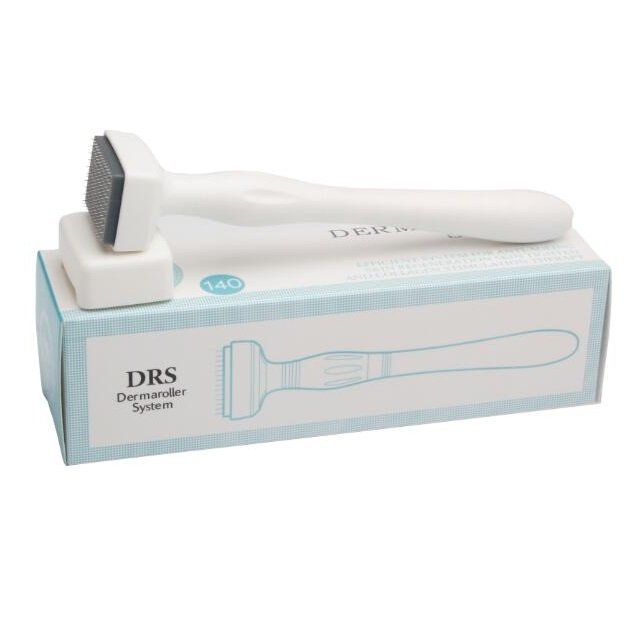
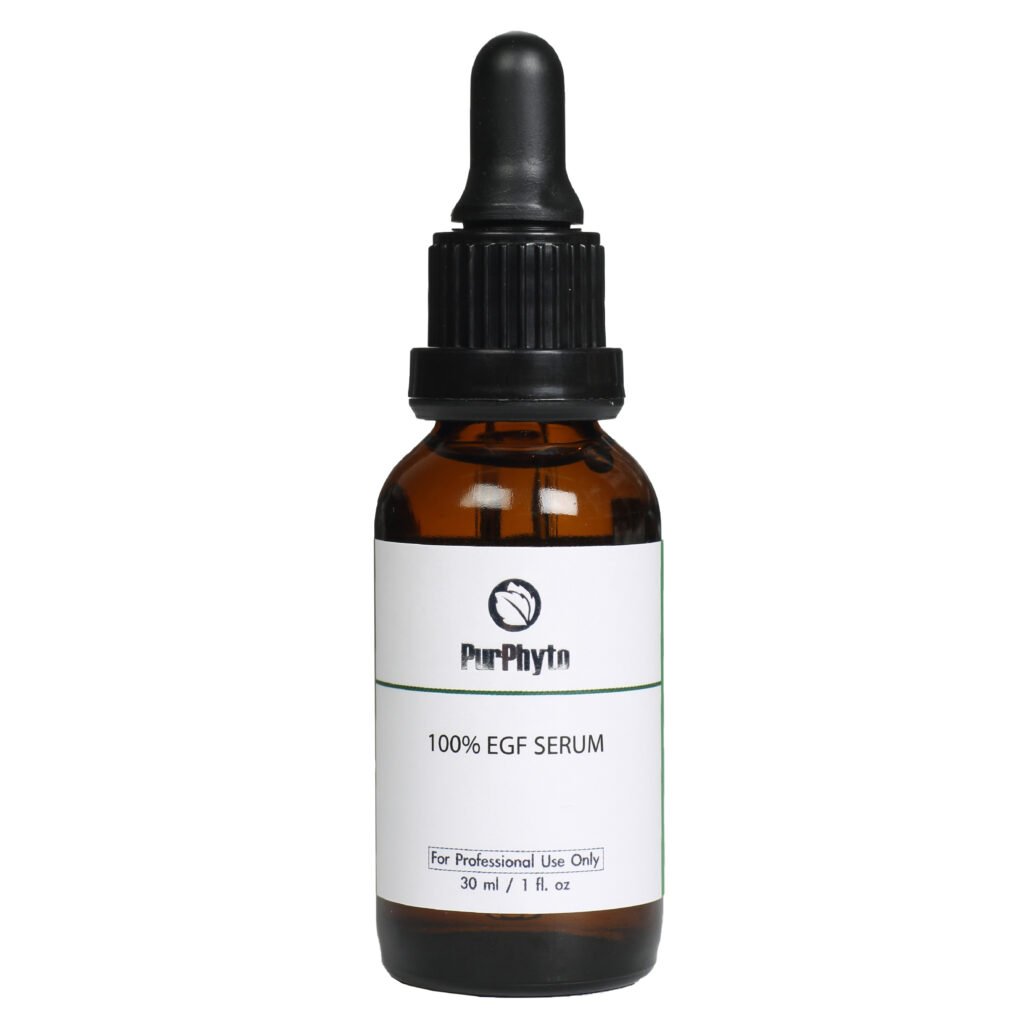
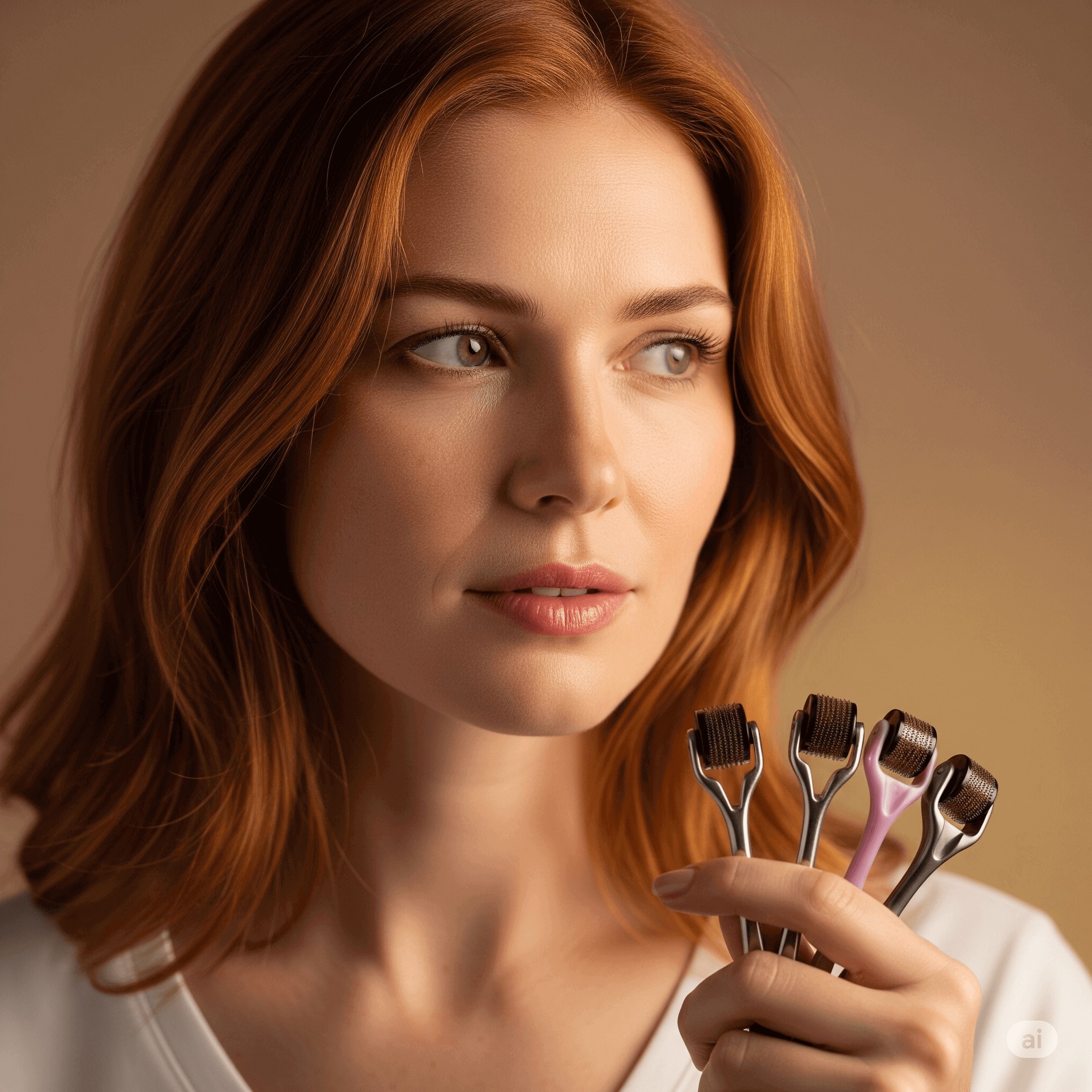
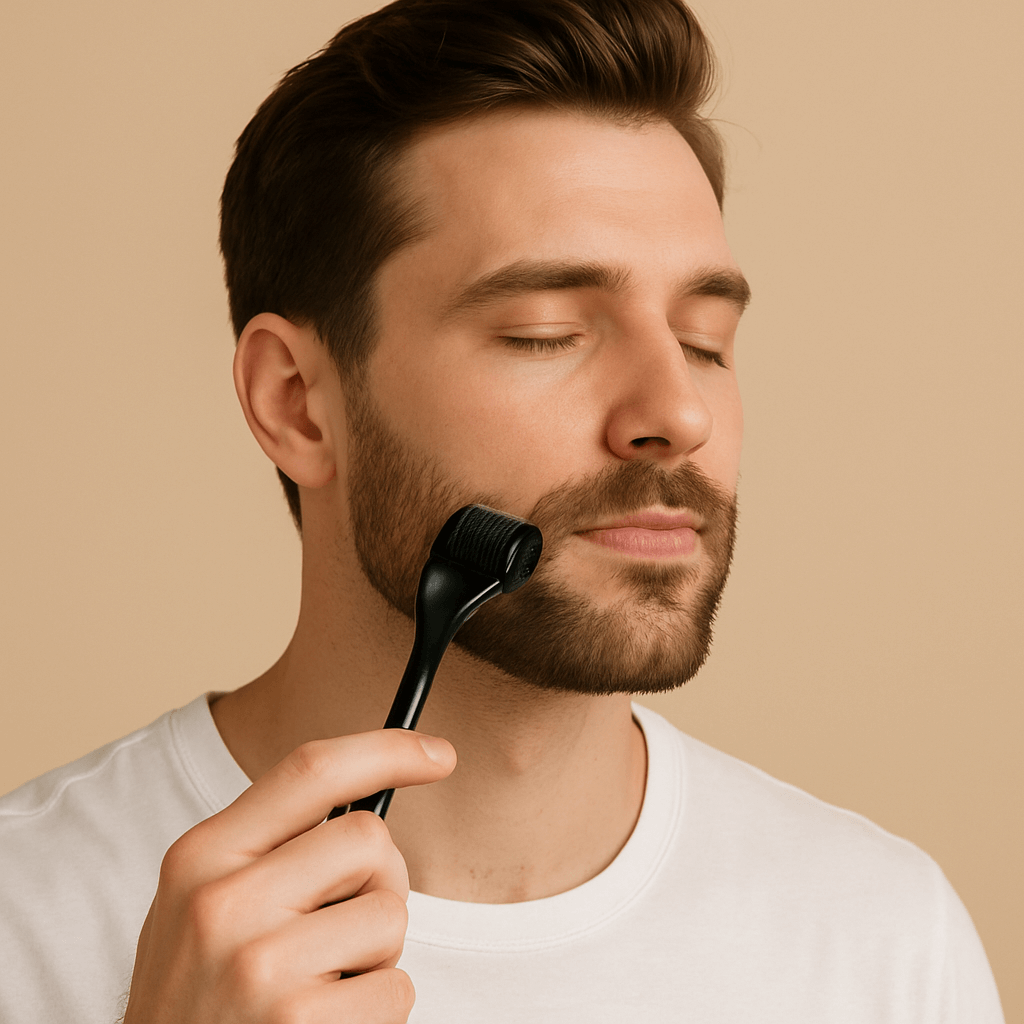
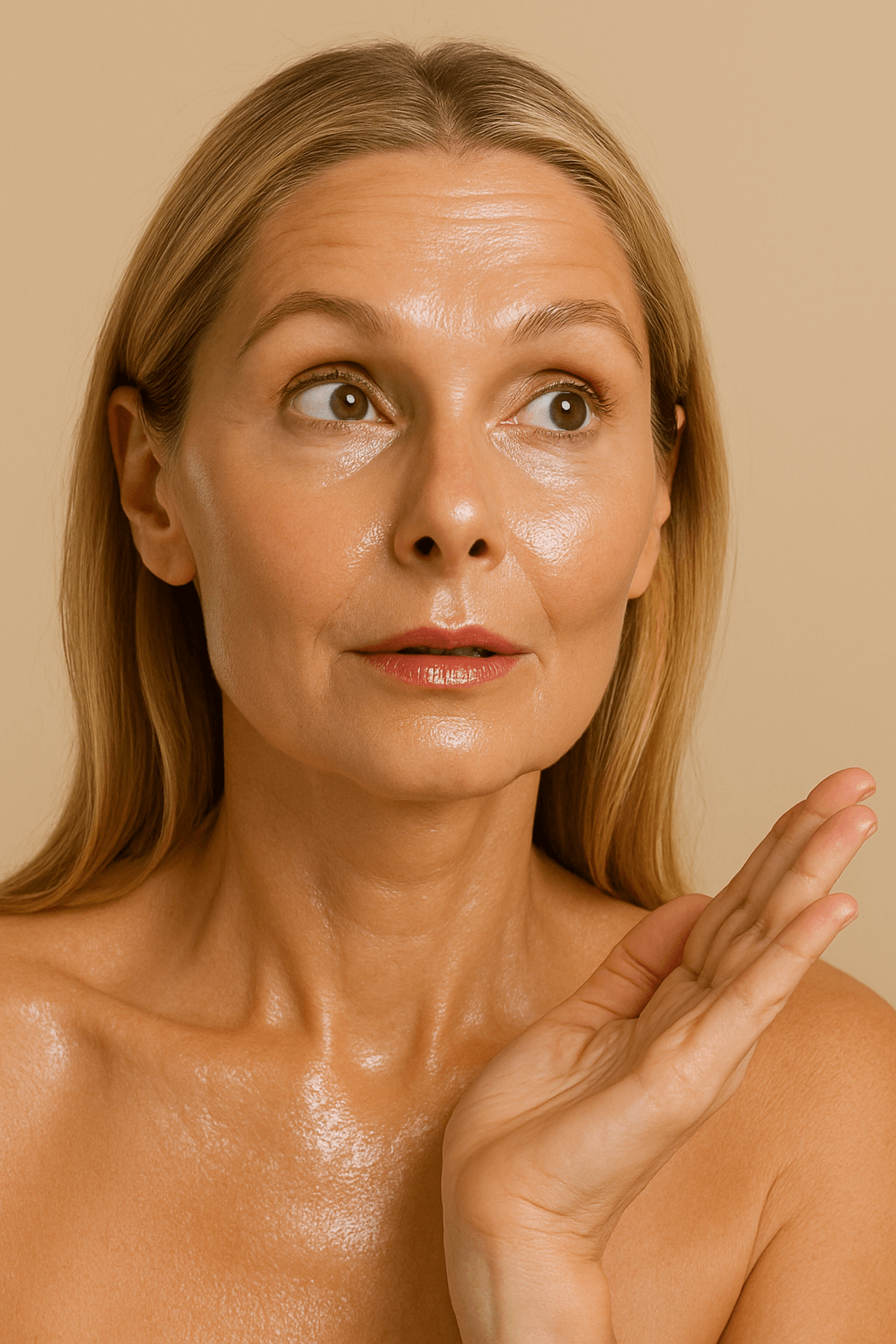
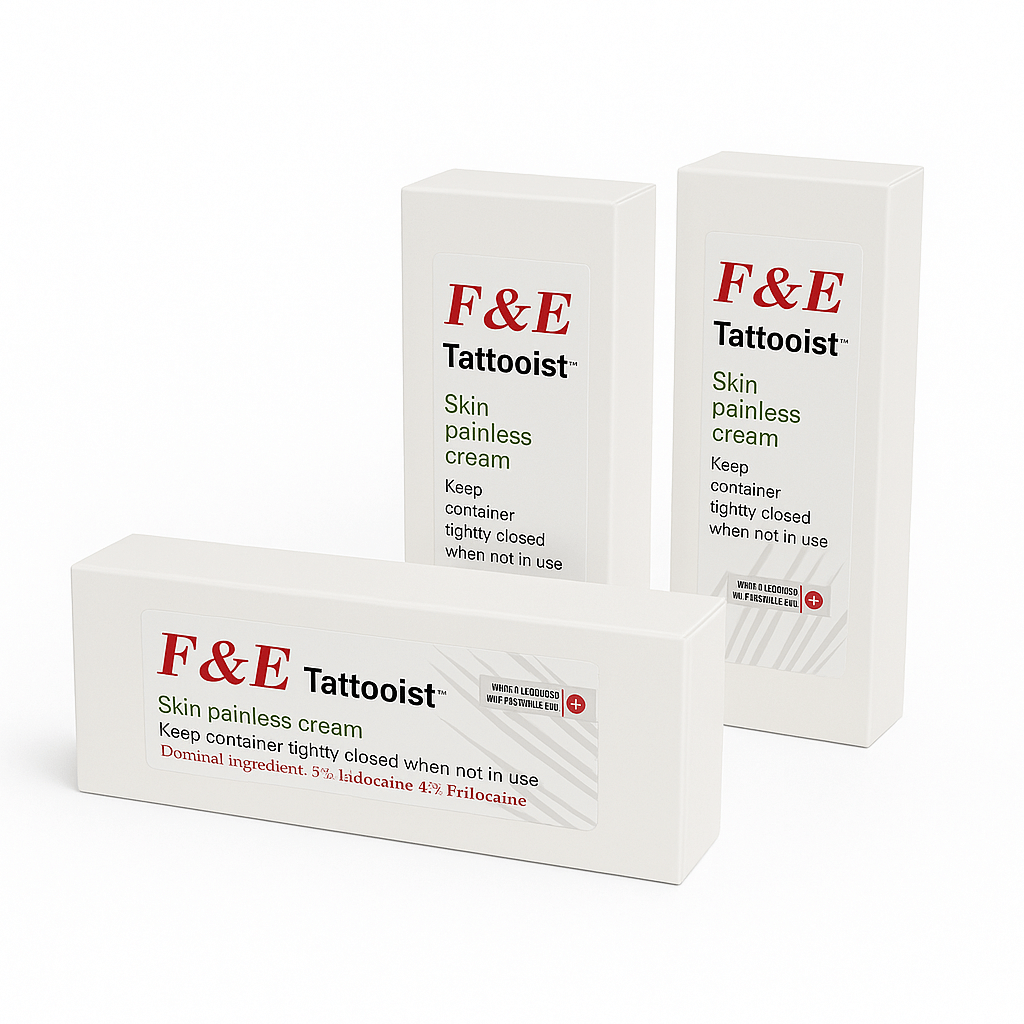 3x Numbing Cream Kit (3x30g)
3x Numbing Cream Kit (3x30g)